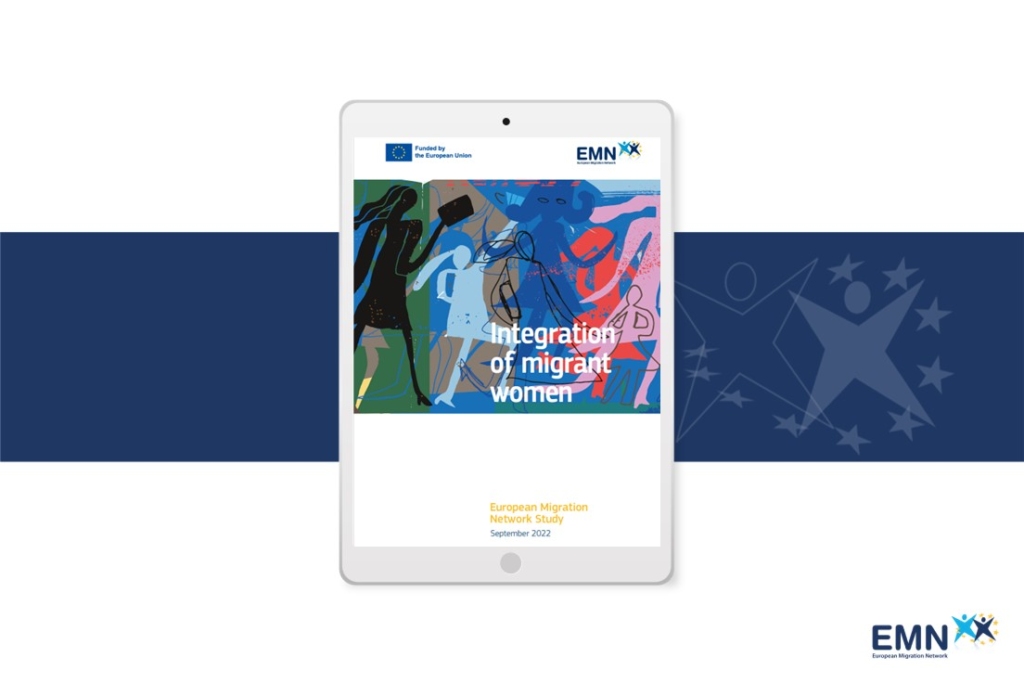New EMN study published: integration of migrant women
05.09.2022
To what extent do Member States consider the distinct situation of migrant women in their integration policies and measures? This study focuses on the main areas covered by the EU Action plan on Integration and Inclusion 2021-2027[1] that support the integration of migrant women for example in education and training, employment and skills, health and housing as these are considered by the Action Plan the base for societal integration.
Women migrate to Europe for a variety of reasons.[2] They may arrive as family members, labour migrants, students, asylum applicants or belonging to another group of migrants. Recent studies show that migrant women face a so-called “double disadvantage”, due to the intersection of being a woman and being a migrant.[3]
This study maps integration policies and measures in Member States, and the extent to which they specifically target migrant women. It provides examples of good practices and lessons learned on integration measures for migrant women at national, regional or local level, and an overview of targeted policies or measures that have been developed to counteract the negative consequences of COVID-19 for the integration of migrant women.
Many EU Member States have integration policies in place, however, only few specifically address women in their national integration policies. This could partly be due to a gender mainstreaming approach followed by most EU Member States or to a dual approach which combines gender mainstreaming with targeted policies for migrant women.
In most EU Member States, the integration of migrant women is currently not a national policy priority, although some have prioritised the topic, mostly to improve gender equality. Labour market integration of migrant women is one of the main topics of debates across EU Member States, including barriers to access, such as a lack of recognition of qualifications and language obstacles. Migrant women also lack awareness about their rights related to the labour market, and incentives to seek education and work opportunities. Other challenges raised included discrimination, lack of social networks, limited access to childcare and other family constraints.
Examples of good practice gender-sensitive integration measures, or which applied the concept of intersectionality, have been implemented across the Member States. Their focus is mainly on access to labour market and civic integration, followed by language training, education, health, housing, and entrepreneurship.
Read the synthesis report HERE.
References:
[1] European Commission, ‘EU Action plan on Integration and Inclusion 2021-2027’, COM(2020) 758 final, https://ec.europa.eu/migrant-integration/?action=media.download&uuid=CDFE0088-C151-66D5-846F7C422DE2A423, last accessed on 9 July 2021.
[2] European Commission, ‘Integration of migrant women – A key challenge with limited policy resources‘, 2018, https://ec.europa.eu/migrant-integration/feature/integration-of-migrant-women, last accessed on 9 July 2021.
[3] European Commission – Joint Research Centre, ‘Gaps in the EU Labour Market Participation Rates: an intersectional assessment of the role of gender and migrant status’, 2020, https://publications.jrc.ec.europa.eu/repository/handle/JRC121425, last accessed on 9 July 2021.